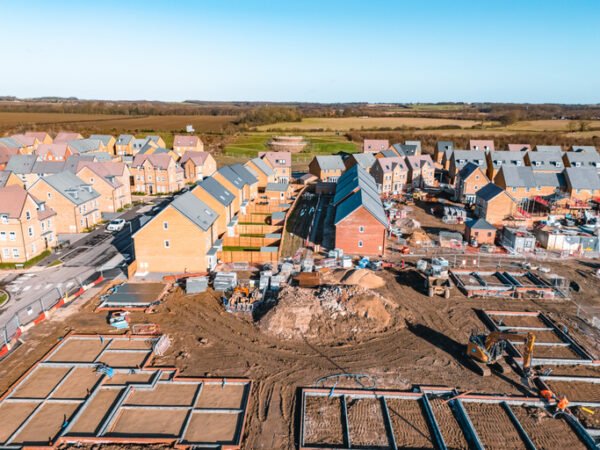Financial tools for forests
Through dedicated funds and facilities, UNEP is supporting a shift in financial metrics and flows to reduce consumer footprints on forests while supporting partners and Member States in deforestation-prone landscapes to embrace practices with less impact on forests.
Here is a closer look at three of those approaches.
1. THE RESPONSIBLE COMMODITIES FACILITY
The facility is an initiative to promote the production and trading of responsible soy and corn in Brazil. It does so by creating a financially sustainable vehicle to provide incentives to farmers and help meet the growing international demand for zero-deforestation supply chains.
The facility provides favourable financing terms to incentivise farmers in the Cerrado region of Brazil to transition to deforestation- and conversion-free soy production practices to enhance biodiversity.
The facility has recently attracted over $11 million in investment from major supermarkets Tesco, Sainsbury’s and Waitrose in the United Kingdom to provide financial incentives for farmers that pledge to produce deforestation- and conversion-free productions.
2. THE RESTORATION SEED CAPITAL FACILITY
Implemented by UNEP and the Frankfurt School of Finance and Management and supported by Germany and Luxembourg, this is a unique initiative that promotes private investment in forest restoration.
The facility does this by providing early-stage funding and project development finance for forest restoration and sustainable land use projects with the aim of promoting private investment in sustainable land use activities.
The facility supports projects across Central and South America, Southeast Asia and Africa.
Through their operations, facility partners aim to restore at least 40,000 hectares of land and protect 500,000 hectares of endangered ecosystems.
As well as climate and biodiversity benefits, unlocking private finance for landscape restoration can create significant social benefits by creating new jobs, raising incomes and providing training opportunities.
3. AGRI3 FUND
The fund was created by UNEP and Rabobank, together with partners IDH and FMO, the Dutch Entrepreneurial Development Bank, to support the transition to sustainable agriculture.
The AGRI3 Fund aims to mobilise $1 billion in public and private capital globally to improve sustainable agricultural value chains, avert deforestation and enhance biodiversity by providing commercial banks with loan guarantees.
The financial support goes to agricultural projects that actively prevent deforestation, stimulate reforestation, and improve rural livelihoods.
The AGRI3 Fund investment strategy is driven by three key environmental and social impact objectives.
First, the protection of existing natural forests and the restoration of natural ecosystems to improve biodiversity.
Second, embedding sustainable agricultural practices by deploying sustainable farm management and regenerative agriculture solutions that focus on restoring soil health, reducing carbon emissions, rehabilitating degraded land, enhancing water management, improving soil fertility and strengthening climate resilience.
And third, improved rural livelihoods by increasing incomes, strengthening the skills of farmers and smallholders and enhancing opportunities for women in agriculture and forestry.
 Play Video about This Rock Might Just Save The World
Play Video about This Rock Might Just Save The World Play Video about Play 2 hours of rock
Play Video about Play 2 hours of rock Play Video about Play 2 hours of brook
Play Video about Play 2 hours of brook Play Video about Play 2 hours of sheep
Play Video about Play 2 hours of sheep











































